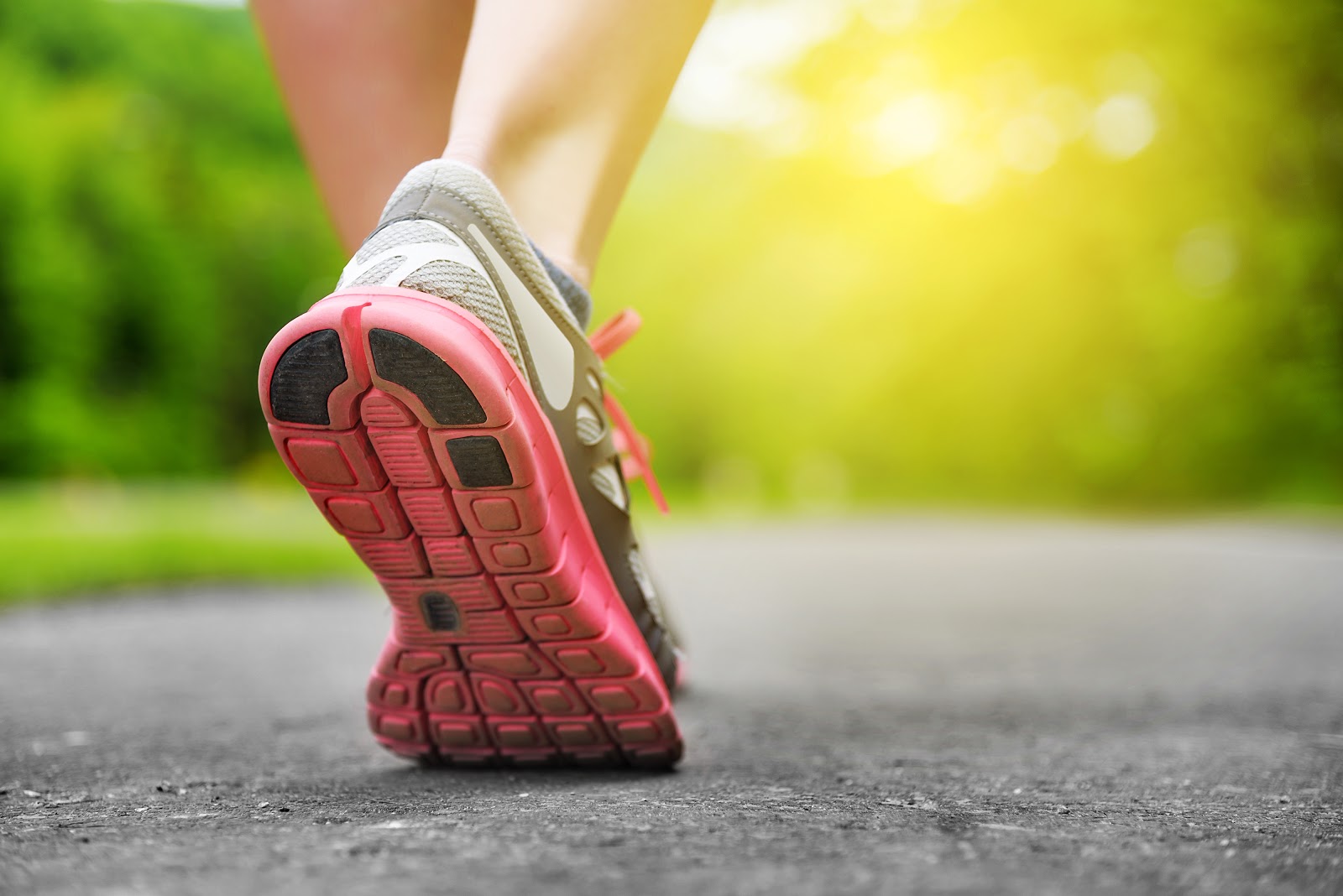
Tips for Trying on Shoes
When trying on shoes, the majority of people grab one or two sizes, slip their foot in, and take a few steps around to determine accuracy and comfort. While this may seem sufficient, to ensure proper fit and reduce the risk of foot or back issues, always allow yourself plenty of time for trying on shoes and follow these simple tips:
-
Shop later in the day – Since feet tend to swell over the course of a day, always try on shoes when your feet are at their largest.
-
Go slightly larger with sports shoes – Always grab a half size larger than usual if you will be wearing them when exercising. During physical activity, feet often swell, making it normal to wear a larger size when participating in sports.
-
Bring your own socks when trying on shoes. Since socks vary in style and thickness, always bring the socks you’re most likely to wear with your shoes when trying them on. Bring dress socks for dress shoes and cotton socks for athletic shoes.
-
Get your feet measured – The size of your feet can change regularly and even vary from one another. For the most accurate sizing, always have your feet measured while you are standing so they are the same length and width as they would be when standing in shoes. It is normal for the adult foot to change sizes as you age. The typical adult foot changes by as much as two sizes over a person’s lifetime.
-
Try on both shoes – No two feet are exactly alike, therefore you should always try on both shoes to ensure they are both comfortable. In addition, if they do vary in size, you should always buy shoes that fit the larger foot.
The 3 Key Areas to Check While Trying on Shoes
In order to select properly fitting shoes, you must first pay attention to three key fit areas when trying on shoes. Once you have gathered your socks to take to the store, and had your feet properly measured, be prepared to evaluate potential shoes for comfort and fit in these areas:
-
Toes – Your longest toe should be approximately one finger width away from the end of the shoe. You should also have enough extra room to wiggle your toes up and down freely, but not so much that the shoes feel loose.
-
Heels – The back of the shoes should snugly hold your heel in place without any pinching or discomfort. It should be snug enough that your heel stays put when walking. Any abnormal slippage might indicate a poor fit that will grow increasingly worse as your feet grow accustomed to the shoes. Additionally, movement could cause rubbing and lead to blisters.
-
Width – From the heel to your toes, the shoes should be wide enough to comfortably hug your foot without squeezing. Your foot shouldn’t slip from side to side nor forward and backward in the shoes when walking.
Anytime you try on a new pair of shoes, walk around for several minutes on various surfaces if possible. Properly fitting shoes shouldn’t reveal any discomfort.



